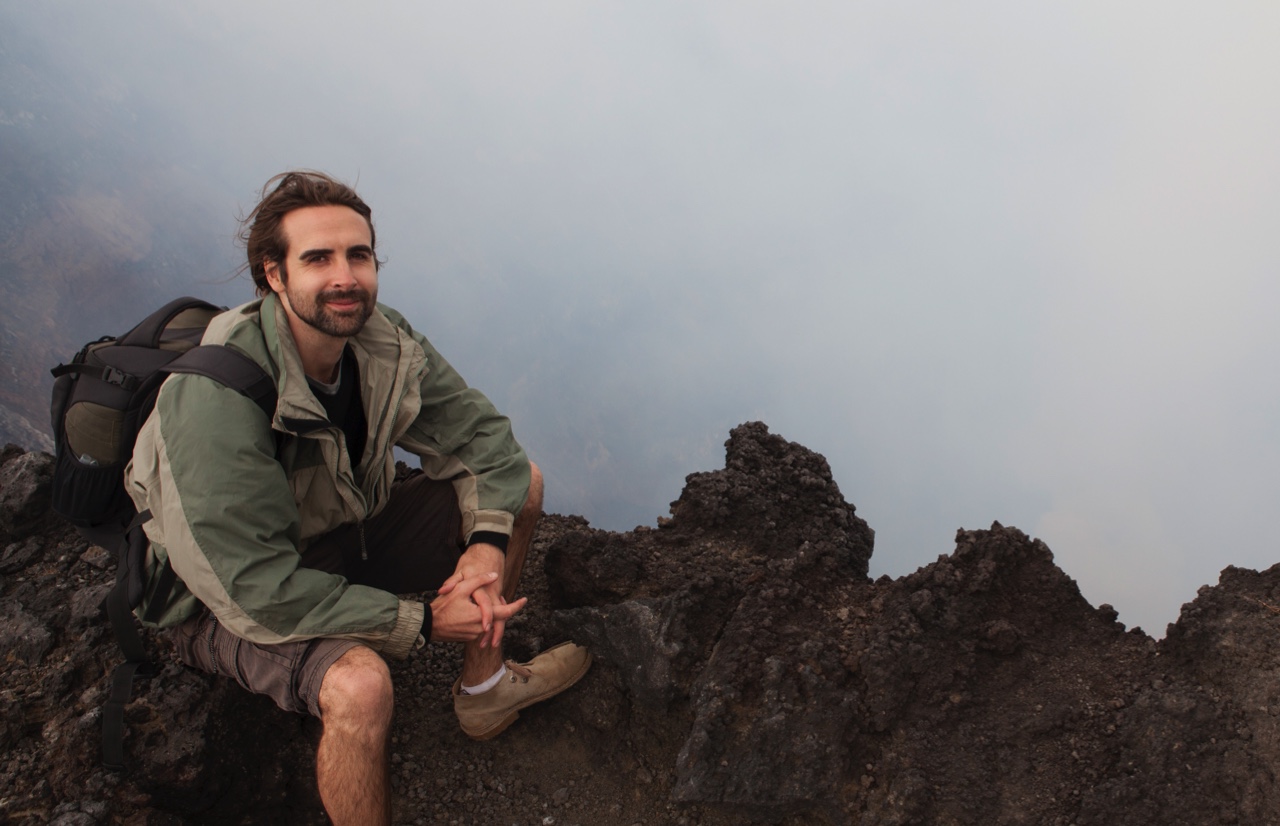What is the COP26 The Earth Project competition?
At a time when climate-related catastrophes – floods, fires, deadly storms and extreme heat – have become the norm, world leaders are preparing to come together in Glasgow this November for the 2021 United Nations climate change conference, COP26. In the countdown to this landmark event, the Earth Project (tEP), in collaboration with Nature Picture Library (NPL), has organised a photography competition to raise awareness of the huge challenges faced by nature, as well as the impacts of climate change on global ecosystems. The competition links to one of the main goals of COP26: to help protect and restore ecosystems in countries adversely affected by climate change.
How to vote in The Earth Project competition
26 of the world’s leading photographers have come together to provide eye-witness accounts of nature under threat. The public have voted on which of these stunning images best reflect the beauty of the natural world and our critical relationship with nature and the environment. Each striking image is accompanied by the back story from behind the camera. As well as helping to increase public awareness of the climate emergency, the winning photographers will receive a donation to an environmental charity of their choice.
Voting has now closed for this competition – and all nine winners will be announced on 6 November 2021.
To view the images as a slideshow, click on the arrows in the top right hand corner of the photos below.
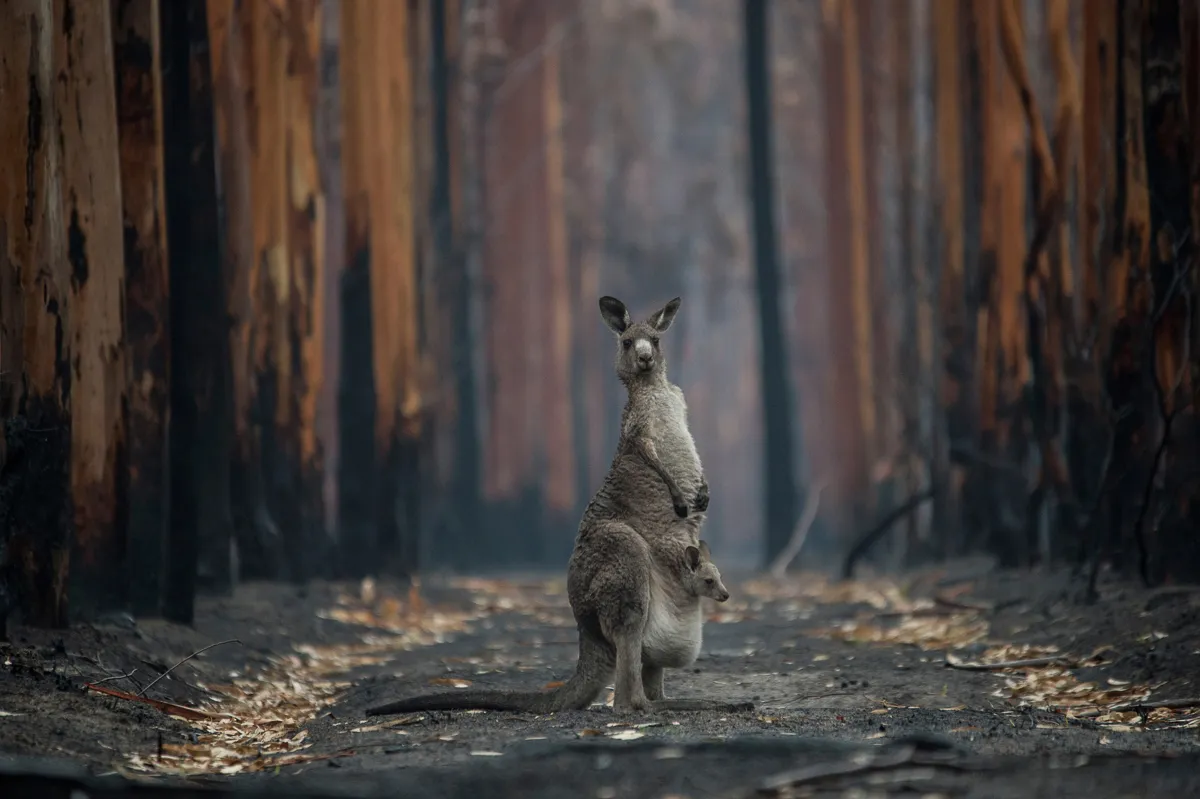
An Eastern grey kangaroo and her joey who survived the cataclysmic forest fires in Mallacoota, Australia, stand amid a burnt eucalyptus plantation, January 2020. Scientists state that the bushfires were exacerbated and accelerated by climate change. An estimated 3 billion animals, both wild and domestic, lost their lives in what some call the “climate fires”.
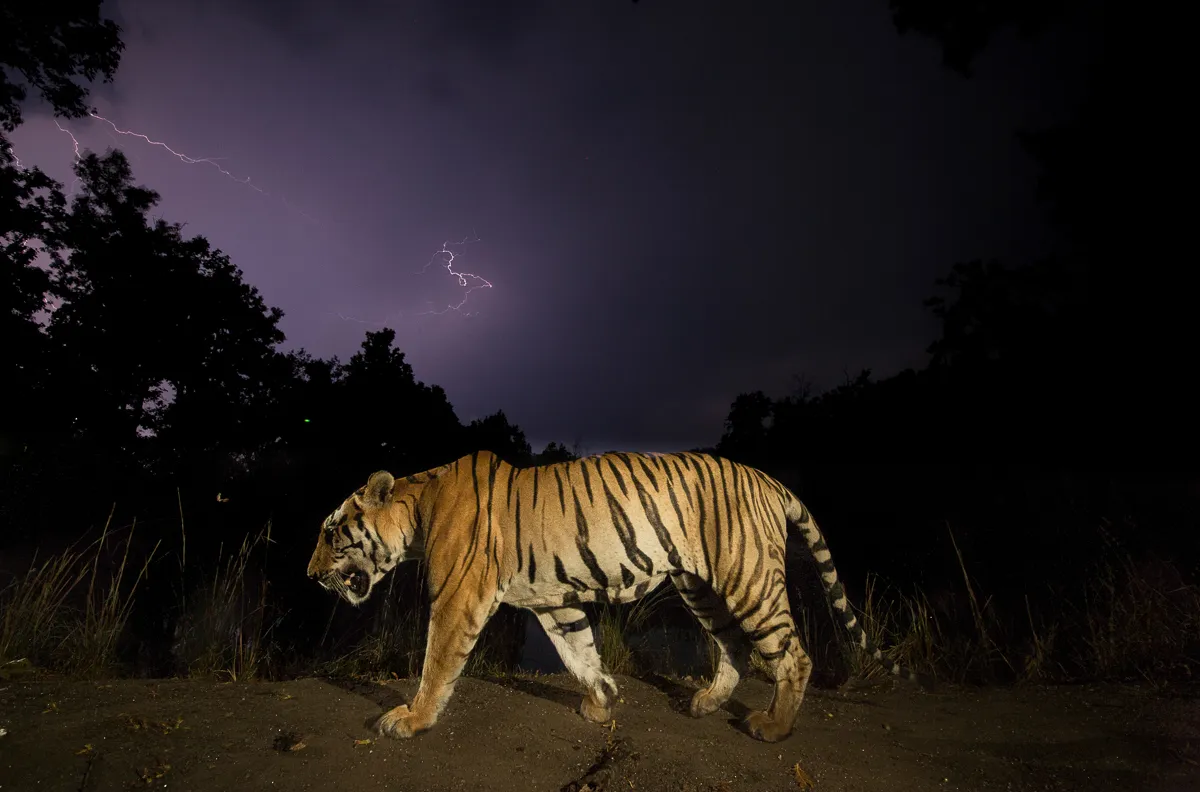
Two hundred years ago, an estimated 50,000 tigers roamed India’s lush, unbroken forests. But by the 1970s, centuries of hunting and habitat destruction left fewer than 2,000 wild individuals. In 1973, fearing the extinction of this most magnificent cat, the government declared the tiger India’s national animal, banned hunting and set up a conservation scheme “Project Tiger” in six forest Tiger Reserves.
Fifty years of collective effort by government, NGOs, local communities and scientists have raised tiger numbers to around 4000 individuals living in 50 reserves. But the reserves are small, averaging less than 1,500sq km each. The present distribution of tigers in India consists of some isolated metapopulations embedded within landscapes made up of protected reserves, multiple-use forests, agricultural and urban areas.
The population of Indian tigers continues to be fragmented by loss of habitat and corridors which connect reserves, this results in inbreeding and potential loss of diversity. If forest corridors remain intact between reserves, they benefit not only tigers but many other larger animals. The Indian Elephant’s survival also depends on corridors so they can travel between reserves.
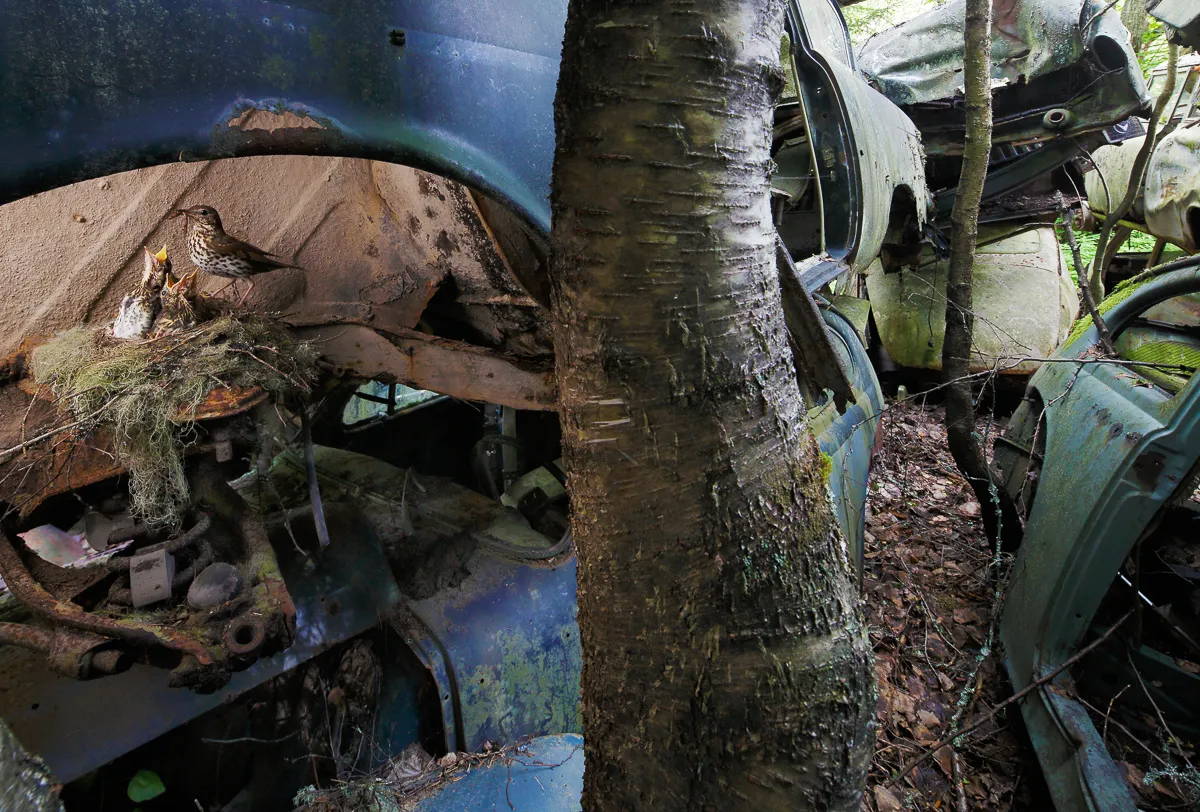
Even if our situation seems to be getting worse by the year, there are many good people working to make the world a better place. Nature has an incredible capacity to restore itself and adapt to changing conditions. Often the best we can do is just step back and release the pressure. When human activity ceases, even areas totally dominated by man can be reclaimed by nature within a few decades. This thrush has made its nest in an abandoned car in a scrapyard where nature is gradually taking over.
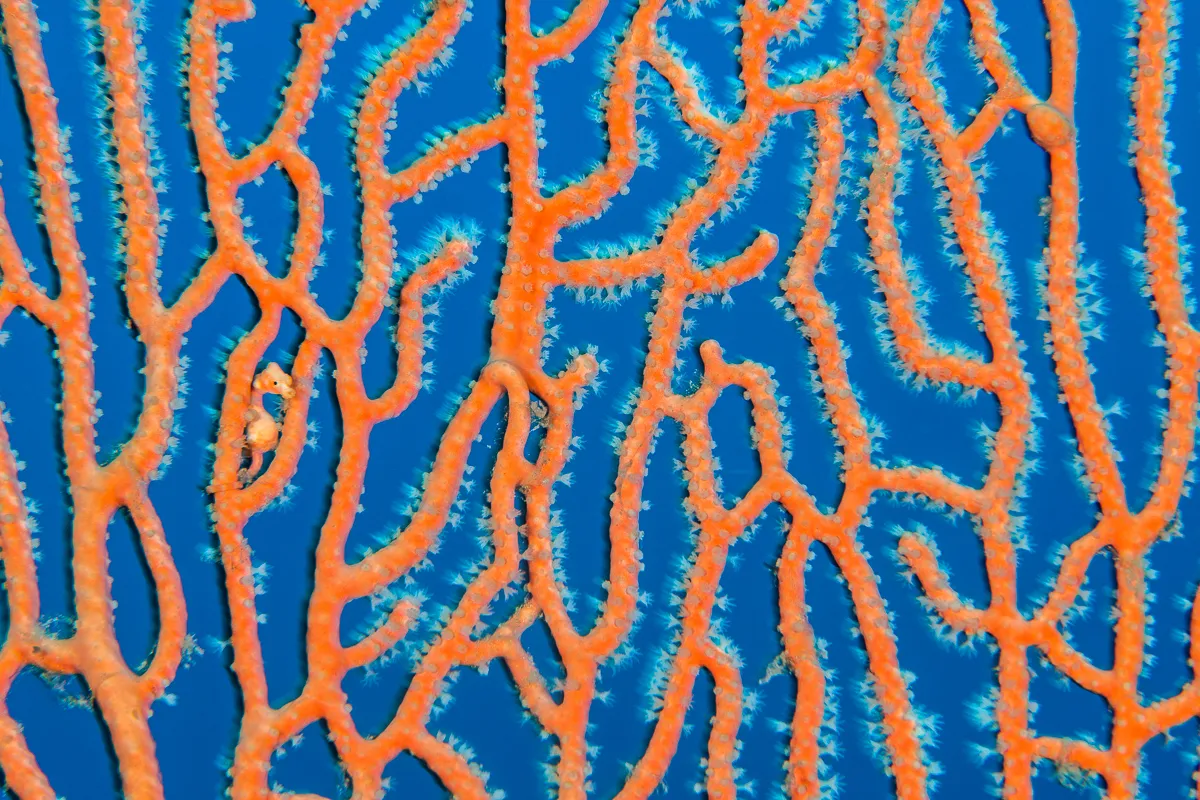
This tiny (1cm) Denise's pygmy seahorse, photographed in Misool marine protected area, Raja Ampat, Indonesia, lives its entire adult life between the polyps of a single sea fan and is totally dependent on it to live.
Coral reefs are hotbeds of biodiversity, and the closer we look, the more we discover. The lowest accepted estimate for the total number of species living there is 618,000. The upper estimate is just under 10 million. And so far scientists have described just under 100,000! New species are discovered all the time and many are highly evolved, having developed a total dependence on living in a very specific way.
The amazing specialisations are part of the reason for the incredible biodiversity on coral reefs, but they also make these species highly vulnerable to our impacts. Human activities are destroying reefs around the world and each year we undoubtably lose species before we even know that they are there.
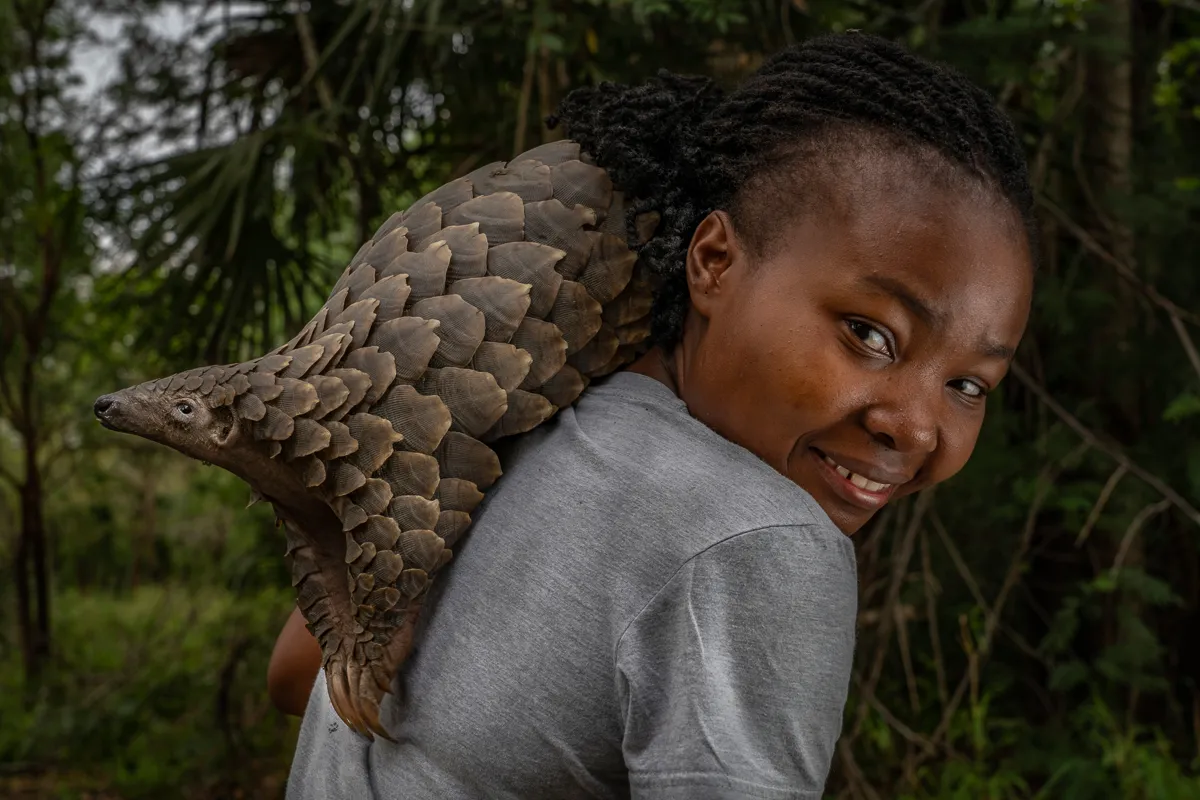
The pangolin is now one of the rarest and most elusive animals in Africa – in ten years of working in African reserves, this one, in Gorongosa National Park, Mozambique, is the only wild pangolin the photographer has ever seen.
Pangolins are the only mammals to have large scales made of keratin, which are actually just modified hairs. These charismatic creatures are coveted in Asia for their meat and scales, which are believed to have medicinal properties even though they’re made of the same stuff as human fingernails. Pangolins are one of the most trafficked animals in the world and parks like Gorongosa are critical for their survival.
Here, Mozambican wildlife veterinarian Mércia Ângela is pictured on her daily walk with Boogli, a female Cape pangolin that was confiscated as an infant by Gorongosa's law enforcement team. Boogli's mother had already been sold. A few weeks after this photo was taken, Boogli was released back into the wild. The Gorongosa team now rescues pangolins from all over central Mozambique, rehabilitating when necessary and then releasing them.
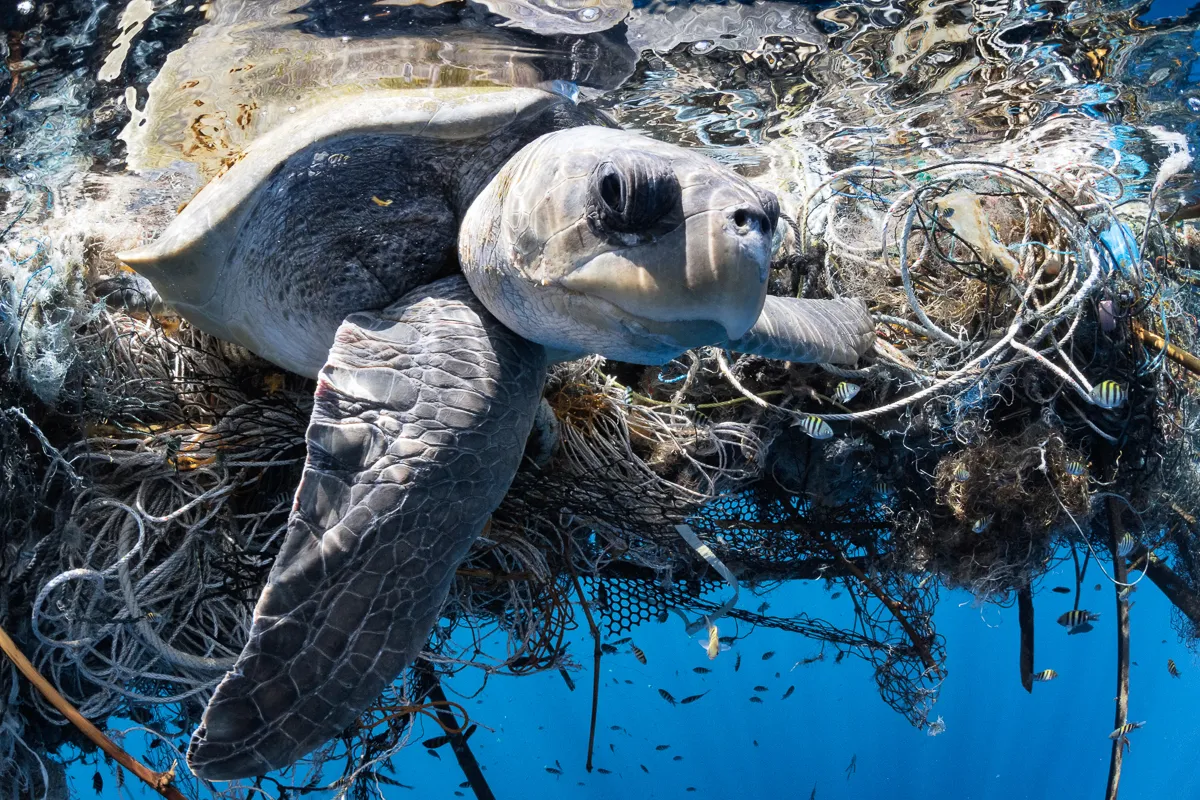
The Food and Agriculture Organization estimates that 179 million tonnes of seafood were captured in 2018, sustenance for much of the world’s population. There is however a hidden cost. Sometimes fishing gear is lost at sea or possibly intentionally discarded. Such ghost nets and lines can become entangled and form large rafts, floating death traps for many sea birds, fish, reptiles like this turtle, dolphins, whales and more.
Photographer Tony Wu came across this olive ridley turtle (Lepidochelys olivacea) caught in one such mass of entwined rope, net and hooks that was many metres across. This female turtle was helpless, her left rear flipper entangled, line wrapped tight and no doubt pulled taught from her efforts to break free. She was exhausted, parched and overheated from continual exposure to the equatorial sun.
Wu did his best to calm the turtle, while another friend slowly cut fishing lines, one by one, taking care to avoid injuring her. After a painstaking 15 minutes or so, she was free. When she gathered the strength, the turtle swam toward Wu, directly into him a few times, then under him, then alongside. He says: “I stroked her shell as she regained her composure until she was finally able to summon enough strength to dive. She was weak, particularly the flipper that had been most entangled, but she was able to descend beyond visible depth (very slowly), which was a positive sign.”
There are no easy fixes or answers to this issue, as is true with many other complex situations. One thing is certain though. Understanding and acknowledging the hidden costs of our activities is vital if we are ever to have a hope of finding workable solutions. ‘Out of sight, out of mind,’ as the saying goes, means that all too often, the plight of olive ridley turtles and other collateral damage is not considered.
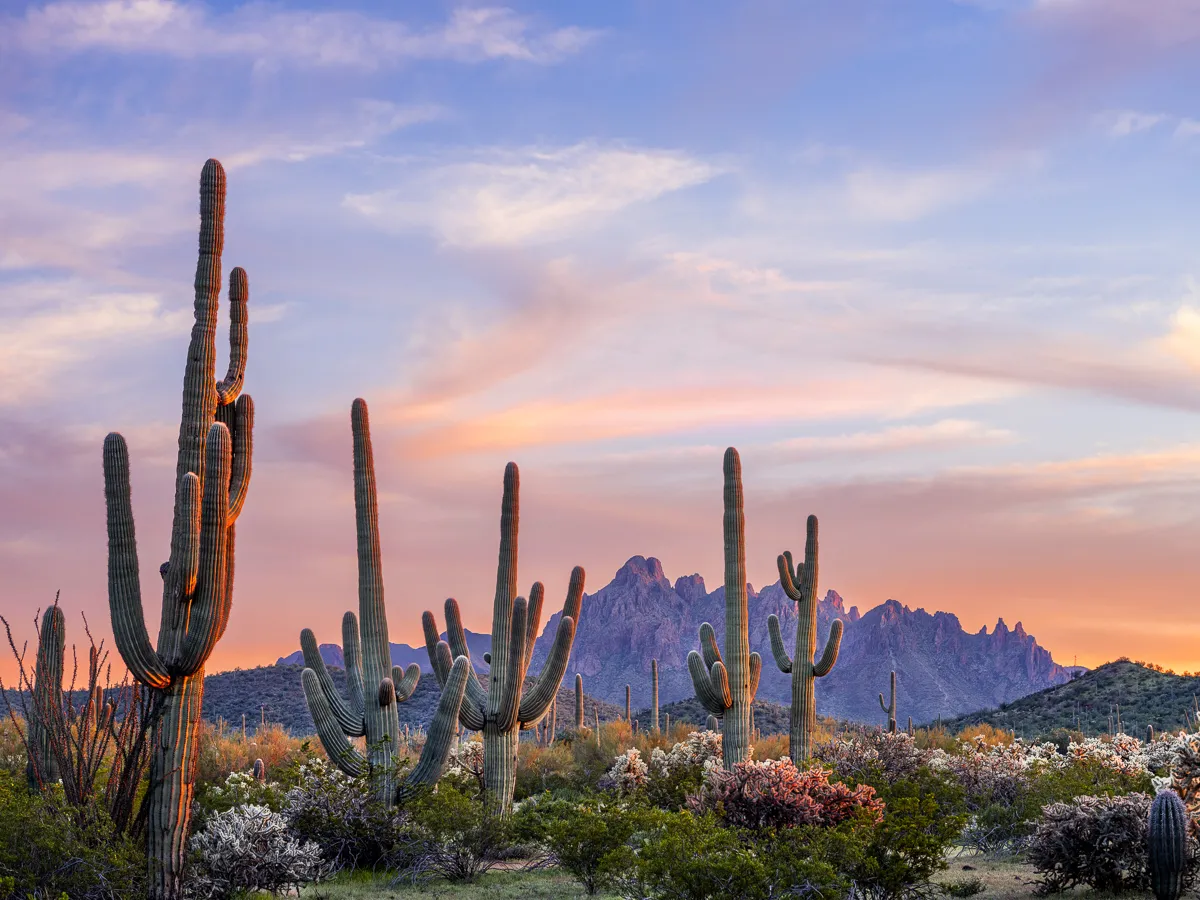
With nearly 3500 species of plants, 500 species of birds, and 1,000 species of bees, the Sonoran is the most biodiverse desert on earth. Its two rainy seasons provide enough moisture for an astonishing array of plants – wildflowers and grasses, cacti, shrubs and even trees - to thrive here. Saguaro and Organ pipe cactus are unique to the region, and several small trees in the bean family, the mesquite, ironwood and palo verde, are particularly important to wildlife.
The impacts of climate change are already being felt in the Southwestern United States, including in the Sonoran Desert region. Average temperatures have risen about 1.5 degrees Fahrenheit, compared to the mid-twentieth century. By the end of the century, temperatures are poised to rise at least another 2.5 degrees, and possibly more if we fail to check emissions. The area is already in the grip of a major drought and much of the Sonoran Desert has seen a 25 to 40% drop in rainfall over the past 50 years.
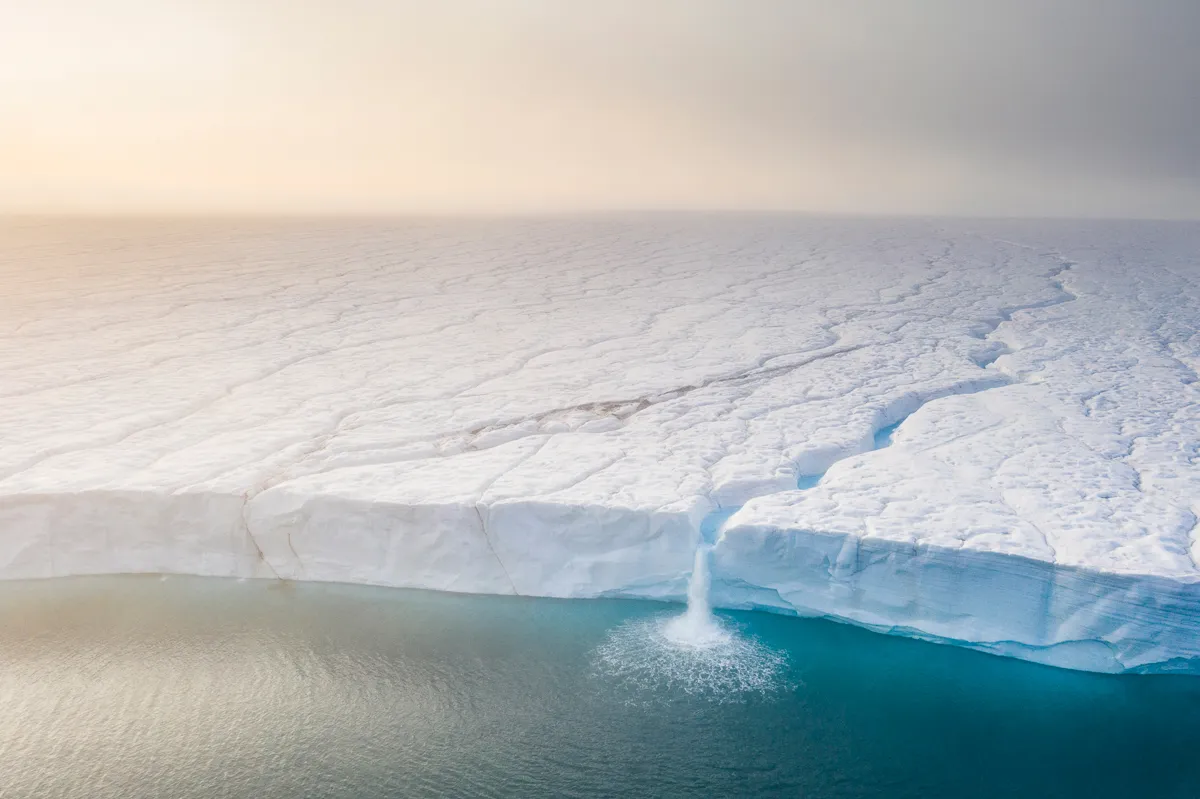
Austfonna glacier on Nordaustlandet in the Svalbard archipelago is Europe’s third-largest glacier by area and volume, and with a glacier wall of around 200 kilometres, it is an impressive sight.
During the last decades, every month has brought new record high temperatures in the Arctic, and the ice cap on Nordaustlandet is melting at high speed. The meltwater starts as small streams but eventually gathers in larger, almost river-like systems, that finally pour off the steep wall. Meltwater also finds its way down under the ice cap and makes the foundation weak. This results in a collapse which pushes the ice out into the Arctic Ocean. This so-called surge has already been happening over several years.
The current situation in Svalbard is that the average glacier retracts by 80 metres a year, with some of them by up to 300 metres. Climate change has an enormous impact on the Arctic and it is happening now.
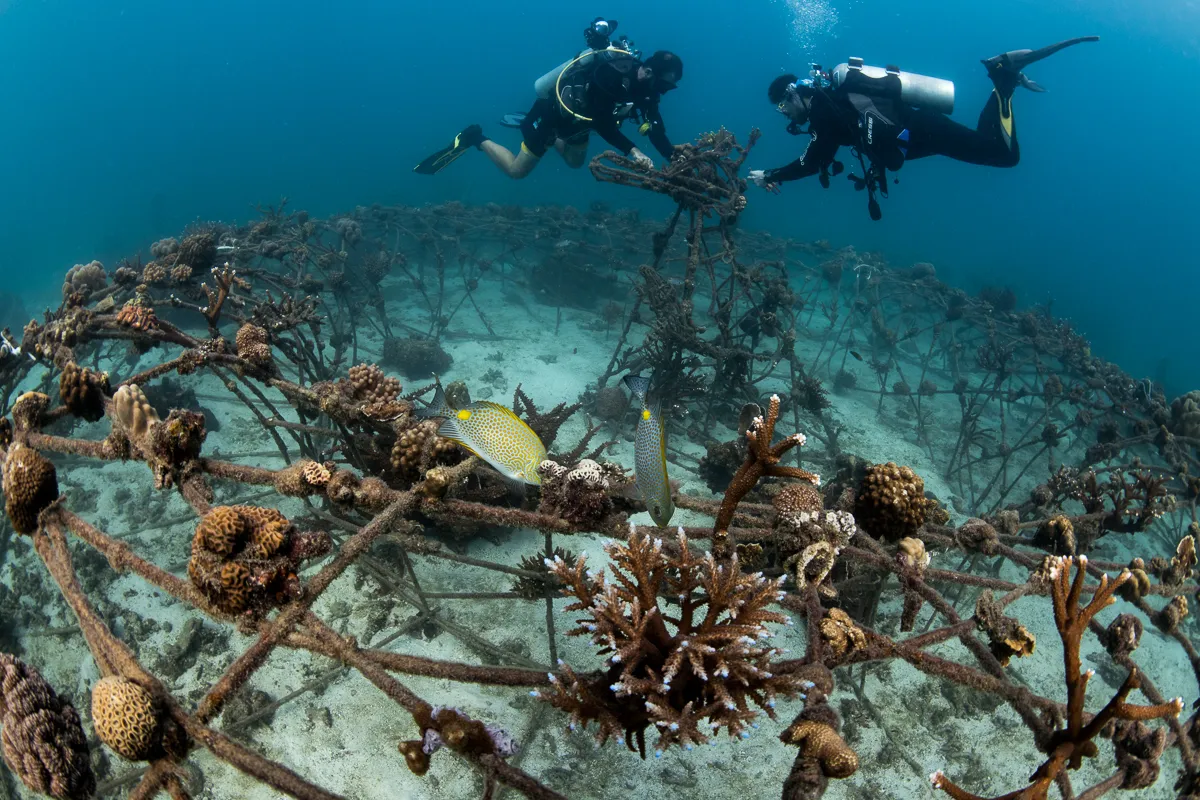
Marine biologists off Koh Tao Island, Thailand, have been attaching fragments of damaged corals onto an electrified metal structure. This has been reported to improve skeletal growth, resilience and resistance to bleaching of these recovered coral fragments.
In the past three decades, the Earth has lost 50% of its coral reefs. It was estimated that if the temperature increases by just 1.5ºC, up to 90% of the remaining reefs could be lost. If the temperature increases by 2ºC, virtually all coral (more than 99 percent) will be lost forever.
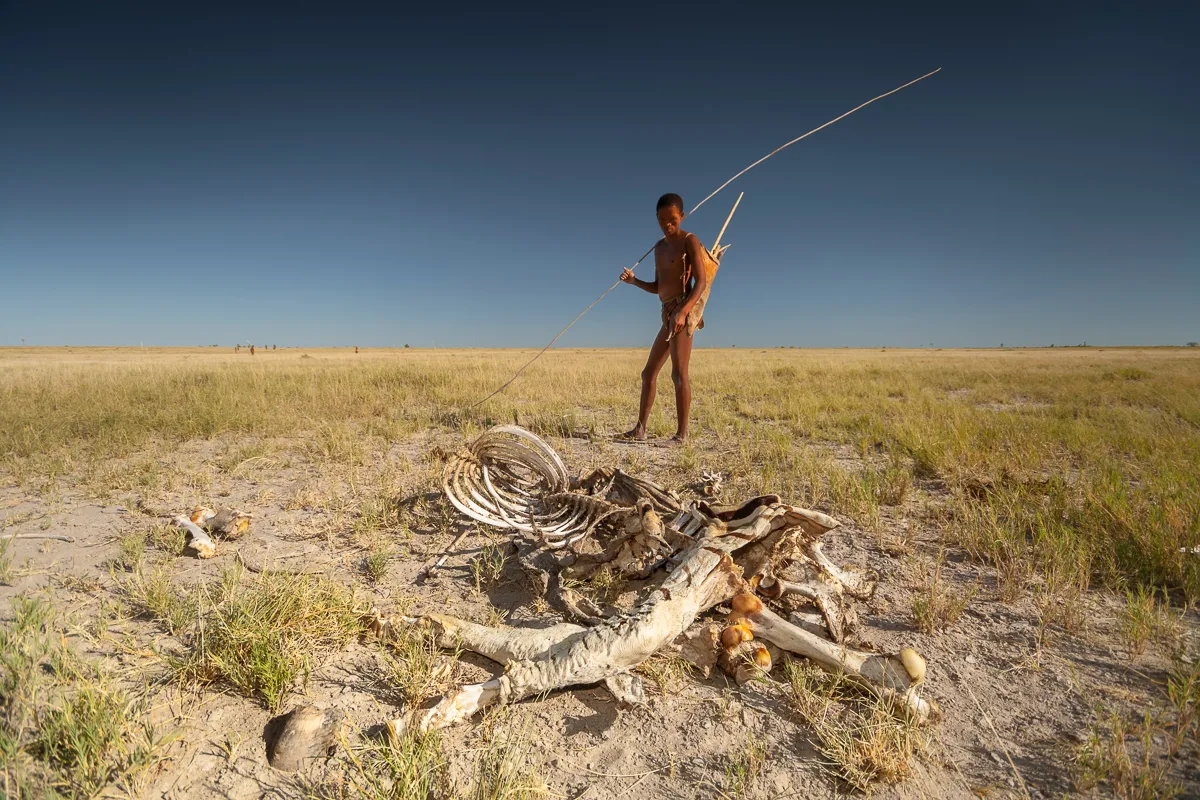
Every year, tens of thousands of zebra trek further than their more famous counterparts in East Africa, moving between the river systems of the north and the vast pans of the interior. When the rains fail and drought hits, as it did in 2019, the death toll amongst the exhausted animals can be staggering.
Climate change is driving more extreme weather events and wildlife, livestock and people all suffer when these already arid regions become even dryer. Historically, Botswana has blocked wildlife movement with vast fences and restricted the rights of its indigenous bushman communities to use ancestral lands. Yet, in the warmer climate of the years ahead, caused by our actions, it is expected that freedom of movement will be key to survival for the wildlife and people living in these remote regions of our planet.
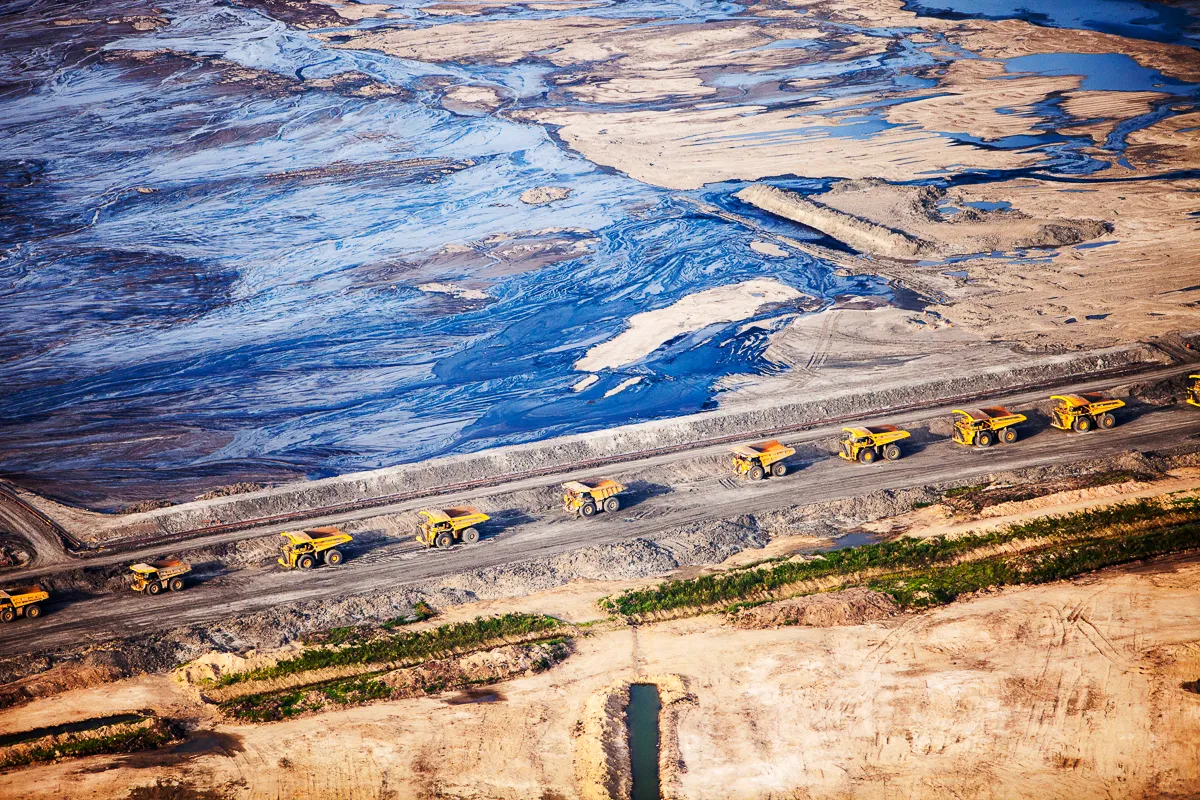
Of all man’s efforts to exploit fossil fuels, the Canadian tar sands are by far the most environmentally destructive. The tar sands are a mix of bitumen, sands, clays and gravels. They are only economically viable to exploit when oil prices are at the higher end of their range. They can be turned into synthetic oil, but only by separating out the bitumen from the sands and gravels.
At this site, deposits close to the surface are strip-mined. This involves clear-felling the boreal forest leading to a rate of deforestation second only to the rates in the Amazon rain forest. Each 2.5 square km of boreal forest supports 500 breeding pairs of migrant birds, as well as being home to Wolf, Lynx, Cougar, Black Bear, Grizzly Bear, Wolverine, Bison, Moose, Caribou, and Beaver. It is also an important carbon sink. In order to be able to separate the bitumen from the sands and gravels, the tar sand needs to be melted. This is achieved by forcing steam through the mix. The amount of gas used to make the steam means that the resulting oil has a carbon footprint up to three times that of conventional oil, making it a climate change disaster and when the steam condenses back to water, it contains many toxic pollutants from the bitumen. The wastewater is discharged into unlined tailings ponds that leach toxins out into the Athabasca River. These flow downstream and seriously impact the health of native Canadians living downstream. Rates of skin disease and rare cancers in these communities have risen steeply since the tar sands mining started.
